Ecommerce marketing is a complex system with many interdependent parts. Make one wrong adjustment and the whole thing stops working.
It sounds tricky, but if you have a solid system in place—and multiple marketing channels attracting new customers—you’ll see more traffic, higher conversion rates, and repeat buyers who act like your unofficial sales reps.
Here, you’ll learn how to build a resilient ecommerce marketing foundation, complete with lead-generating and customer-converting strategies and examples.
Contents
- What is ecommerce marketing?
- How to create an ecommerce marketing-focused website
- Ecommerce marketing strategies (with examples)
- How to boost your ecommerce marketing conversion rate
- How to measure ecommerce marketing success
What is ecommerce marketing?
Let’s first start with ecommerce, which is a somewhat fancy term for buying and selling items online—whether that’s Hawaiian shells on Etsy (if you’re in the market, let me know. I have too many) or a full-blown Shopify store.
So at its most basic level, ecommerce marketing is the mix of paid and unpaid (AKA organic) strategies that attract shoppers to your online store, convert them, and retain them. Let’s unpack that:
- Attract: You want to attract the right shoppers. This calls for things like SEO, content, social, influencers, partnerships, and ads.
- Convert: You want to convert them efficiently. This is where product pages, site speed, special offers, and checkout optimizations come in.
- Retain: You want to keep customers coming back profitably. Email, SMS, loyalty programs, subscriptions, and community building can help with this.
And as a bonus, you also need to…
- Optimize: Use data, testing, and tracking to ensure you’re spending your time and money where it works best.
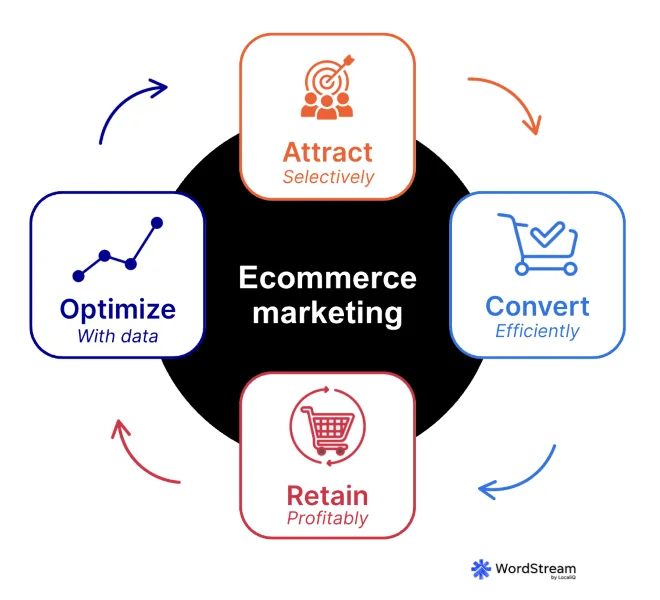
The key here is to recognize that the channels above don’t operate in a vacuum. They make up a system where each channel works in concert to create success.
Consider that your very fast crash course in ecommerce marketing. Now, let’s continue unpacking each of those above strategies.
🚀 Want more people visiting your ecommerce store? Download 25 Ways to Increase Traffic to Your Website
How to create a marketing-focused ecommerce website
Before you do anything, you need to make sure your ecommerce website is in order. Consider this your HQ—your central hub where every click, campaign, and customer eventually lands. You need to start here because the success of all of our other efforts depends on this.
Here’s your quick ecommerce site checklist:
- Website UX: This is your digital storefront, so it needs to be as easy and enjoyable to shop here as it is to scroll on TikTok. Make sure it’s mobile-friendly, fast-loading, and super simple to navigate.
- Product pages: These are your digital salespeople, so equip them with the right balance of information and education to close the deal. Use clear photos, benefit-focused product descriptions, and plenty of social proof. Don’t try to hide the return policies. Stay transparent!
- Analytics setup: You can’t improve what you don’t measure. Make sure GA4, your ad pixels, and conversion tracking are set up correctly so you know the outcome of every click. This will help you know what’s working and what can be improved.
- Email/lead capture: Not everyone buys on the first visit. It’s crucial to capture email addresses. Use popups, forms, or offers to grow your list and keep the conversation going. A simple welcome email can turn browsers into buyers (and future repeat customers).
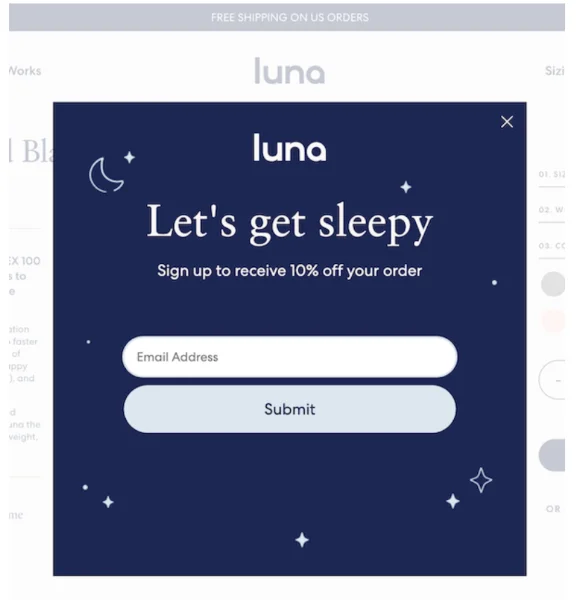
A simple pop-up like this one with an attractive offer will give your lead-generation efforts a big lift.
🛑 A leaky marketing strategy is a drain on revenue! Get 10 Marketing Gaps That Cost You Customers to shore it up.
Ecommerce marketing strategies (with examples)
Now that your website is set, it’s time to start driving traffic to it—and not just any traffic, but the kind that actually converts. Here are the ecommerce marketing channels and strategies to do that:
SEO
Search engine optimization (SEO) is how you make sure shoppers can actually find your store when they search online for what you offer (not just your business name!). To do that, be sure to:
- Optimize product titles, descriptions, and category pages for keywords.
- Use schema markup for rich snippets.
- Build internal links between pages.
- Blog about related topics (buying guides, comparisons, how-tos).
Pet supply ecommerce store Chewy’s has published a bunch of how-to content on its website. So when someone searches “how to choose the perfect dog crate,” they’ll be introduced to the Chewy brand.
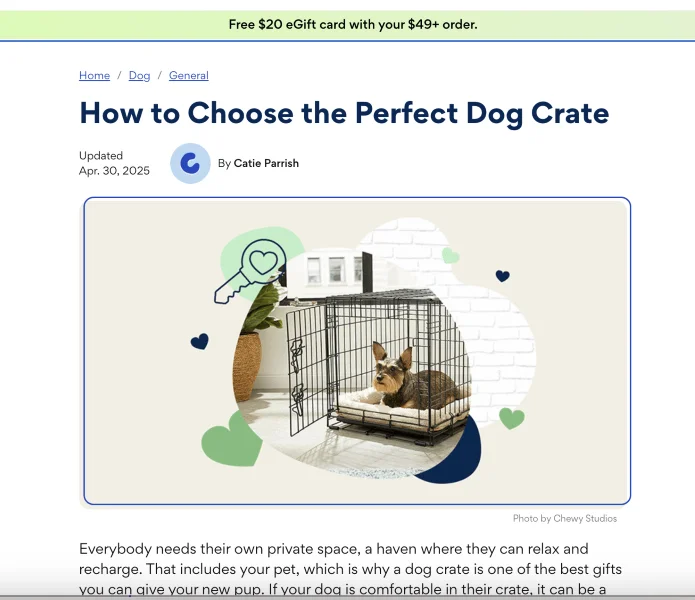
Chewy’s has plenty of buying guide examples
PPC
Pay-per-click (PPC) marketing lets you pay to show up in front of people who are actively searching for a product or solution. Done right, it’s one of the best ways to get qualified traffic fast.
There are many types of PPC campaigns. Try these for starters:
- Google Shopping Ads: This is great for high-intent buyers. Use our guide to Google Shopping campaigns for tips and best practices.
- Meta Ads (Facebook/Instagram): Ideal for visual storytelling and retargeting (which we’ll cover in a bit). Learn more about Facebook Ecommerce here.
- TikTok Ads: TikTok has become an important channel for product discovery. Get in front of this engaged audience with this quick-start guide to TikTok ads.
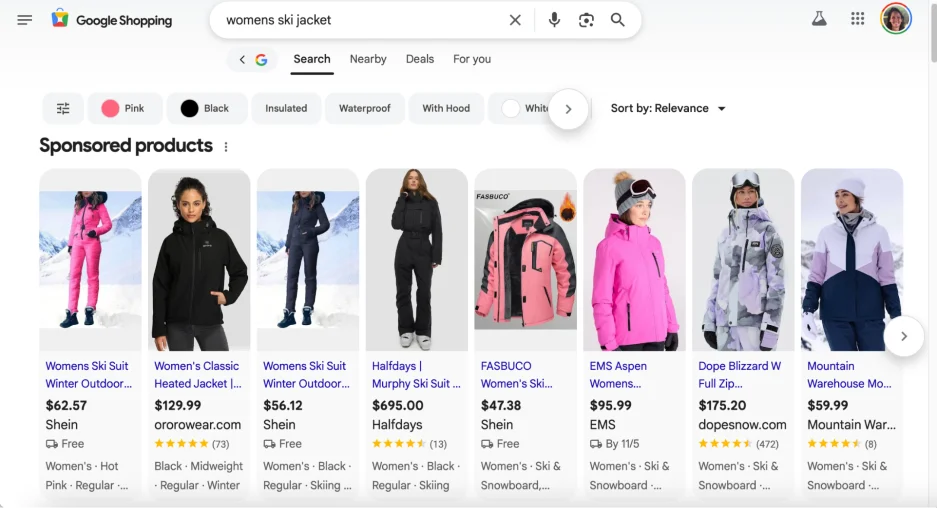
Marketplace marketing
Online marketplaces like Amazon, Etsy, and Walmart.com let you tap into large audiences who are already in buying mode.
How does this marketplace marketing fit in with your ecommerce? Think of your website as your stand-alone shop. You own it, design it, and decide what’s inside.
Marketplaces, on the other hand, are like renting a booth in a busy mall. You get access to a lot of traffic and visibility. However, you have to play by their rules, and they keep the customer list, so it’s harder to build brand awareness and loyalty.
Even still, this could be a great option for you if you’re looking to get your products in front of new audiences fast or test what sells before investing in bigger campaigns. Here are some common marketplaces to consider:
- Amazon: The world’s largest online marketplace offers great visibility but is highly competitive (and at times controversial).
- Etsy: A nice Amazon alternative that’s ideal for handmade, creative, or niche products. Browse our Etsy selling guide here.
- Walmart Marketplace: Offers a huge reach and growing online traffic, but like Amazon, you’ll be competing against a lot of other sellers.
- eBay: Still actually pretty strong for collectibles, refurbished goods, and niche items.
- Facebook (Meta) Shops: Let you sell directly through your social profiles and ads.
- TikTok Shop: Combines social discovery with instant purchasing and is a rising star for trend-driven products.
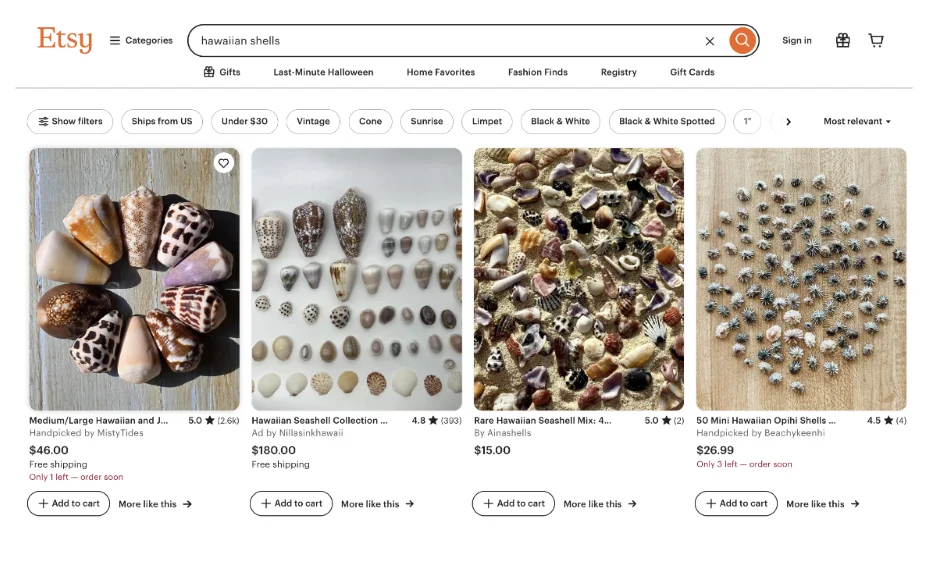
My soon-to-be arch nemeses (if I ever get my Etsy shell shop off the ground).
Influencer marketing
Influencer marketing taps into the trust that trusted and credible individuals have already built with their audiences. It’s word-of-mouth at scale. Here are some best practices for the best results:
- Aim to partner with micro-influencers (they have a smaller audience but higher engagement).
- Give them enough freedom to do their own thing. Authentic messaging wins out every time.
- Track your influencer marketing results with affiliate links, codes, or UTM parameters.
- Reuse top-performing influencer content in your ads and emails.
Social media marketing
Social media marketing builds awareness and connection through platforms and channels your customers already use every day. It’s a great place to show your brand’s personality and earn trust before the sale. As with any form of social media marketing for business, focus on:
- Posting consistently with content that educates, entertains, or inspires.
- Mixing in behind-the-scenes content, customer stories, and user-generated content.
- Engaging in the comments—social media is a two-way conversation!
- Using analytics to see what content actually drives clicks and conversions.
If you want a little inspiration, scroll through Olipop’s Instagram feed.
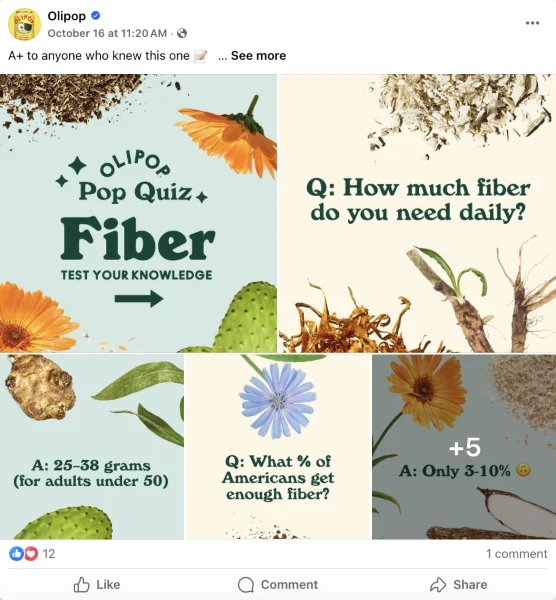
Olipop is good at mixing entertainment with education.
How to boost your ecommerce marketing conversion rate
So you’ve built your ecommerce site and got steady traffic coming to it…amazing! The job’s not quite done yet. Now you need to make sure the experience is optimized to turn visitation into conversion and repeat business. Let’s dive into what that looks like to increase ecommerce online sales.
- Email marketing and automation: Send abandoned cart reminders (this is a big one!), post-purchase thank-yous, and product recommendations. A weekly digest with recommendations and trends could work here, but be sure to segment your lists by behavior (for example, new vs. repeat customers).
- Retargeting: You may already be using PPC to generate traffic to your site. Retargeting is a type of PPC that uses social or display ads to get people who have already visited your site to return. Use motivators like discounts and free shipping to encourage action.
- Conversion rate optimization (CRO): Test out different layouts, CTA phrases, button colors, module placements, and checkout flows on your site. Our CTA examples can give you inspiration with elements like urgency and social proof.
- Customer loyalty: Acquiring new customers is expensive! Focus on retaining existing customers with loyalty programs, personalized recommendations, post-purchase emails asking for reviews, and great customer service. You can find some great tips in this guide to personalizing the ecommerce customer journey.
Blended 6 Refillerly uses a classic loyalty strategy of offering a discount after a certain number of visits.
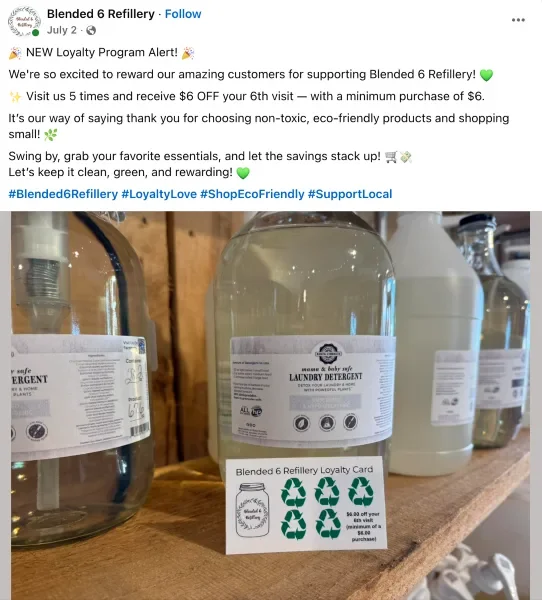
How to measure ecommerce marketing success
So we’ve covered the attract, convert, and retain piece. Now it’s time to optimize your results. As I mentioned earlier, this is about using a data-driven approach. Here is a solid base to start with for measuring ecommerce marketing success:
- Track key metrics: Focus on conversion rate, average order value, customer acquisition cost, and lifetime value. You can track additional KPIs like cart abandonment rate and branded search impressions.
- Follow attribution: Tracking attribution tells you where a certain action happened and where a customer came from. For example, if someone clicked on your Facebook ad and made a purchase, you’d attribute that sale to your Facebook ad. Most times, buyers have a zig-zag path to purchase, so you’ll want to use a multi-touch attribution model to get the full picture of their buying journey.
- Set benchmarks: In order to know how you’re progressing against your ecommerce growth goals, you need to know where you started. Setting benchmarks, like your current ad click-through rate or website conversion rate, gives you that starting line. You can also benchmark against other businesses in your industry.
Get started with ecommerce marketing
Yes, ecommerce can be a tricky web of interconnected strategies. But it is also essential to business growth.
The best advice is to start simple. Pick a couple of marketing channels, test a few things out, keep the best, and replace the rest with other tactics.
If you’d like to quickly scale your ecommerce marketing results, contact us. We’ll show you how our marketing solutions can help you keep all your channels running efficiently and delivering new customers consistently.







